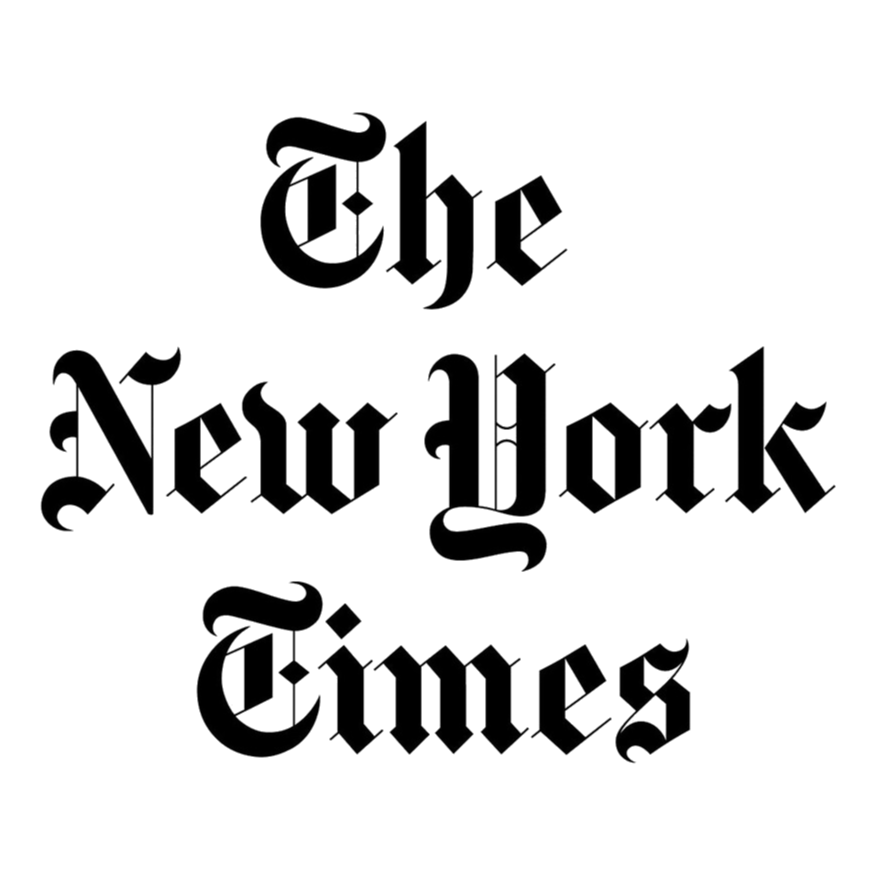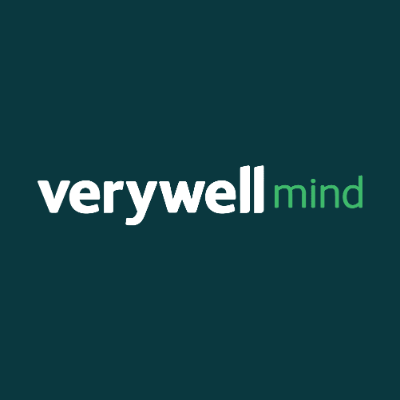This is not about meeting criteria and ticking boxes, it’s about finally creating the generous, plural and radical art world that many of us want and need.
YOU MIGHT ALSO LIKE
CLEAR ALL
BY TOPIC
BY TYPE
FILTER

TOPIC
- BIPOC Well-Being (26)
- Discrimination (26)
- Well-Being (26)
- Emotional and Mental Health (25)
- Identity (25)
- Growth Mindset (23)
- Self-Reflection Practices (23)
- Honoring Emotion (21)
- Work Challenges (21)
- Self-Mastery (17)
- Black Well-Being (15)
- Speaking Your Truth (15)
- Body Image (14)
- Empowerment (14)
- Adaptability (13)
- Productivity (13)
- Self-Acceptance (13)
- Self-Discovery (13)
- Self-Expression (13)
- Social Justice (13)
- Acceptance (12)
- Burnout (12)
- Motivation (12)
- Neurodiversity (12)
- Fellowship and Community (11)
- Focus (11)
- Self-Development (11)
- Young Adult Well-Being (11)
- Access to Education (10)
- Building Character (10)
- Collaboration (10)
- Communication Skills (10)
- Digital Life (10)
- Entrepreneurship (10)
- LGBTQIA Well-Being (10)
- Activism/Service (9)
- Asking for Help (9)
- Connection with Nature (9)
- Intimacy (9)
- Leadership (9)
- Parenting (9)
- Problem Solving (9)
- Resilience (9)
- Romantic Relationships (9)
- Search for Purpose (9)
- Self-Care (9)
- Self-Worth (9)
- Social Responsibility (9)
- Autism (8)
- Happiness (8)
- Play (8)
- Values (8)
- Work-Life Balance (8)
- Anxiety (7)
- Belonging (7)
- Body Positivity (7)
- Confidence (7)
- Finding Meaning (7)
- Habits of Mind (7)
- Mindfulness (7)
- Neuroscience (7)
- Self-Actualization (7)
- Self-Esteem (7)
- Sexuality (7)
- Social Presence (7)
- Stress (7)
- Anger (6)
- Athlete Well-Being (6)
- Criticism and Rejection (6)
- Depression (6)
- Empathy (6)
- Identity Shifts (6)
- Letting Go (6)
- Managing Energy (6)
- Offering Support to Others (6)
- Peak Performance (6)
- Physical Health (6)
- Positive Thinking (6)
- Slumps (6)
- Transgender Well-Being (6)
- Building Culture (5)
- Coming Out (5)
- Emotional Intelligence (EQ) (5)
- Exercise (5)
- Latinx Well-Being (5)
- Life-Altering Injury (5)
- Meditation (5)
- Mind-Body Connection (5)
- Self-Pressure (5)
- Unconscious Bias (5)
- Women’s Well-Being (5)
- AAPI Well-Being (4)
- Cross-Cultural Dynamics (4)
- Fear (4)
- Gratitude (4)
- Human Potential (4)
- Indigenous Well-Being (4)
- Inner Life (4)
- Learning Styles (4)
- Living with Illness (4)
- Negative Self-Talk (4)
- Nonbinary Well-Being (4)
- Racial Identity (4)
- Relationship Challenges (4)
- Relationship with Time (4)
- Self-Control (4)
- Self-Healing (4)
- Self-Limiting Beliefs (4)
- Self-Love (4)
- Self-Realization (4)
- Stress Management (4)
- Veteran Well-Being (4)
- ADD/ADHD (3)
- Awareness (3)
- Chronic Health Conditions (3)
- Climate Change (3)
- Community Healing (3)
- Compassion (3)
- Competition (3)
- Connection (3)
- Environmental Justice (3)
- Family Dynamics (3)
- Fatigue (3)
- Gender Identity (3)
- Goal Setting (3)
- Grief (3)
- Grit (3)
- Intuition (3)
- Joy (3)
- Kindness (3)
- Loneliness (3)
- Memoir (3)
- Mindfulness Meditation (3)
- Neuroplasticity (3)
- Perception (3)
- Poetry (3)
- Racism (3)
- Self-Compassion (3)
- Self-Discipline (3)
- Setting Limits and Boundaries (3)
- Sleep (3)
- Spiritual Growth (3)
- Storytelling (3)
- Subconscious (3)
- Transitions (3)
- Unfulfilled Career (3)
- Visualization (3)
- Academic Struggles (2)
- Aging (2)
- Anger Management (2)
- Breathwork (2)
- Cancer (2)
- Caregiver Well-Being (2)
- Child’s Autism (2)
- Conscience (2)
- Consciousness (2)
- Curiosity (2)
- Despair (2)
- Diet and Nutrition (2)
- Energy Healing (2)
- Faith (2)
- Feminism (2)
- Forest Bathing (2)
- Forgiveness (2)
- Generosity (2)
- Habit Formation (2)
- Healthy Eating (2)
- Homophobia (2)
- Hope (2)
- Immigration and Assimilation (2)
- Imposter Syndrome (2)
- Inner Peace (2)
- Intention (2)
- Interdependence (2)
- Journaling (2)
- Life Challenges (2)
- Love Languages (2)
- Lovingkindness Meditation (2)
- Marriage (2)
- Mental Health Challenges (2)
- Military to Civilian Re-entry (2)
- Mindfulness Practices (2)
- Othering (2)
- Passion (2)
- Patience (2)
- Performance Anxiety (2)
- Personal Development (2)
- Pleasing Parents (2)
- Positive Psychology (2)
- Positive Self-Talk (2)
- Presence (2)
- Race and Gender (2)
- Racial Discrimination (2)
- Racial Healing (2)
- Rest (2)
- Retirement (2)
- Self-Employment (2)
- Self-Reliance (2)
- Sex (2)
- Shame (2)
- Soul Mission (2)
- Spiritual Life (2)
- Suicide (2)
- Sustainability (2)
- The Unconscious (2)
- Time Management (2)
- Trust (2)
- Vulnerability (2)
- Work Ethic (2)
- Altered States (1)
- Archetypes (1)
- Awe (1)
- Buddhism (1)
- Bullying (1)
- Challenges with Teens (1)
- Child’s ADD/ADHD (1)
- Child’s Challenging Behavior (1)
- Children’s Well-Being (1)
- Chronic Pain (1)
- Compassion Meditation (1)
- Courage (1)
- Cross-Cultural Parenting (1)
- Death or Loss of a Loved One (1)
- Decision Making (1)
- Doubt (1)
- Eating Disorders (1)
- Emotional Labor (1)
- Environmental Exploitation (1)
- Existentialism (1)
- Family Acceptance (1)
- Female Empowerment (1)
- Fiction (1)
- Financial Instability (1)
- Foster Parenting (1)
- Freedom (1)
- Friendship (1)
- Gender Challenges (1)
- Gender Discrimination (1)
- Grace (1)
- Guilt (1)
- Higher Calling (1)
- Humility (1)
- Inner Child (1)
- Inner Strengths (1)
- Integrative Medicine (1)
- Integrity (1)
- Kabbalah (1)
- LGBTQIA Relationships (1)
- LGBTQIA Sexuality (1)
- Life Force Energy (1)
- Longevity (1)
- Loss of Partner/Spouse (1)
- Lovingkindness (1)
- Men’s Well-Being (1)
- Mysticism (1)
- Neuropsychology (1)
- Obsessions/Compulsions (1)
- Optimism (1)
- Psychedelic Journey (1)
- Quantum Physics (1)
- Racial Justice (1)
- Shadow (1)
- Sleep Disorders (1)
- Social Psychology (1)
- Somatic Practices (1)
- Spirituality and Health (1)
- Synesthesia (1)
- The Divine (1)
- Transcendent Experience (1)
- Transformation (1)
- Trauma Healing (1)
- Wake-Up Calls (1)
- Weight Concerns (1)
- Whiteness (1)
- Willpower (1)
- Women’s Rights (1)
- Work Relationships (1)
- Yoga (1)
- Zen Buddhism (1)
FILTER

TEACHER
- Mark Manson (3)
- Deepak Chopra (2)
- Jay Shetty (2)
- john a. powell (2)
- Julia Cameron (2)
- Karla McLaren (2)
- Maria Popova (2)
- Mark Nepo (2)
- Oprah Winfrey (2)
- Panache Desai (2)
- Parker J. Palmer (2)
- Richard Davidson (2)
- Rick Hanson (2)
- Tara Brach (2)
- Abraham Maslow (1)
- Amy Morin (1)
- Andrew Solomon (1)
- Byron Katie (1)
- Caroline Myss (1)
- Connie Zweig (1)
- Edward Hallowell (1)
- Edward Hoffman (1)
- Gay Hendricks (1)
- Harnaam Kaur (1)
- Jacqueline Carter (1)
- Jacqui Lewis (1)
- James Baraz (1)
- Joan Borysenko (1)
- Judith Orloff (1)
- Karen Casey (1)
- Kathlyn Hendricks (1)
- Lama Tsultrim Allione (1)
- Light Watkins (1)
- Marie Forleo (1)
- Martha Beck (1)
- Mel Robbins (1)
- Nancy Mellon (1)
- Natalie Goldberg (1)
- Robert Augustus Masters (1)
- Robert Kopecky (1)
- Roxane Gay (1)
- Rupi Kaur (1)
- Saeed Jones (1)
- Sandra Ingerman (1)
- Sarah Powers (1)
- Scott Kriens (1)
- Shelly Tygielski (1)
- Simon Sinek (1)
- Sue Morter (1)
- Ta-Nehisi Coates (1)
- Tara Mohr (1)
- Thomas Moore (1)
- Tony Robbins (1)
- Tonya Rapley-Flash (1)
- Wim Hof (1)









